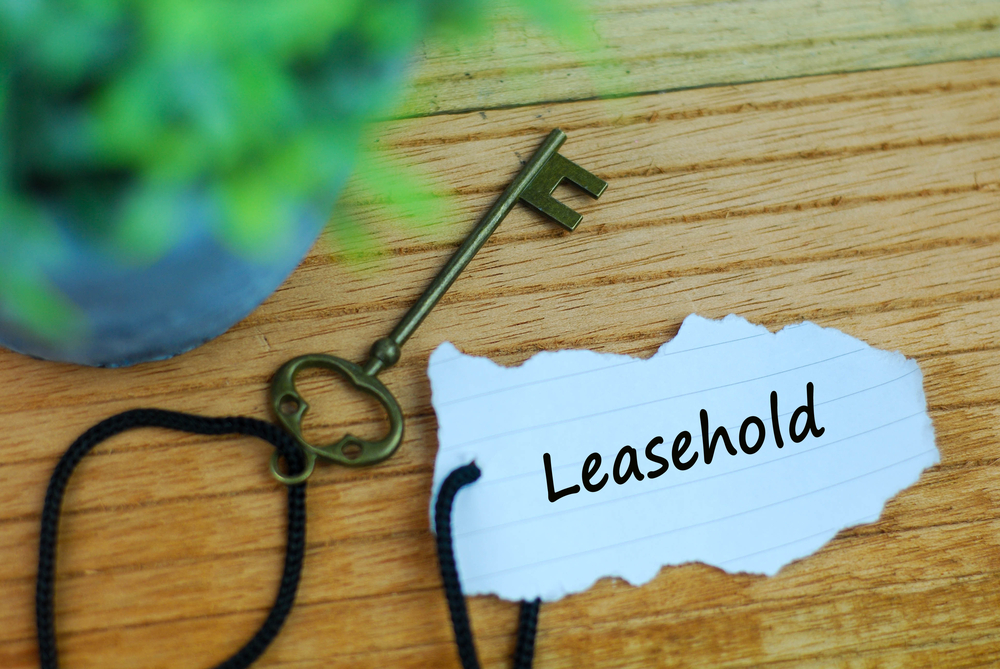The latest government affordable housing scheme aims to assist those with a smaller deposit to secure a first home or home movers to take the next step on the property ladder. But will it make an impact? Rebekah Commane looks at both sides of the argument
The launch of the government’s latest affordable housing scheme, Help-to-Buy, has met with a mixed reaction from industry experts, with some believing it to be a “damp squib” that will not sufficiently impact on affordability for aspiring homeowners, while others suggest that the scheme is contributing to an overall decrease in loan to value rates in the mortgage market as a whole.
Equity Loan
 The programme is made up of two elements. The first consists of an equity loan with which you can secure at least 75 per cent of the cost of a property through a mortgage if you have just 5 per cent deposit saved. The remaining 20 per cent is covered by an equity loan from the government.
The programme is made up of two elements. The first consists of an equity loan with which you can secure at least 75 per cent of the cost of a property through a mortgage if you have just 5 per cent deposit saved. The remaining 20 per cent is covered by an equity loan from the government.
While the scheme is said to replace FirstBuy, these loans are open to first-time buyers as well as home movers on properties up to the value of £600,000. It got up and running in April and will continue for three years so it is very early days to tell how successful or otherwise it will prove in the market.
The loan is interest free for five years; you will begin paying a fee on the sixth year after taking out the loan at a rate of 1.75 per cent, which will subsequently increase year on year based on the Retail Prices Index plus 1 per cent.
You will own the home and can sell it at any time but, of course, you will still have to pay back your equity loan if you sell before it is paid off.
Mortgage Guarantee Scheme
The second element of the Help-to-Buy programme is the mortgage guarantee scheme, which is offered to anyone who wants to buy a new build or existing property from January of next year, to the tune of £130 billion. The property value limit is the same as the equity loan side of things, at £600,000.
Although the equity loan side has just gotten off the ground, and the mortgage guarantee element is yet to start, some lenders are crediting Help-to-Buy with driving down loan to value rates, opening up the mortgage market to a greater demographic.
John Bagshaw, Corporate Services Director of Connells Survey & Valuation, comments: “New buyers are of growing importance to the valuations market, as lenders report a record proportion of first time buyers taking out mortgages. Schemes like Help-to-Buy are allowing gradual improvements in credit at higher loan-to-value ratios, while interest rates look likely to stay low for some time. If lenders can expand the availability of these loans to make the most of government support, first time buyers will see even more progress throughout the year.”
Meanwhile, director of Rightmove and housing market analyst, Miles Shipside, said that Help-to-Buy would assist ‘Generation Rent’ who are struggling to raise a deposit for a first home.
“Demanding deposit hurdles have made the transition from tenant to first-time buyer challenging for many in recent years”, Shipside suggests.
“Those who expect to make that move this year tell us that they’ve been working towards a deposit goal of £20,000, rising to £30,000 for those in London, figures that must seem daunting to even the most frugal tenant.
“Even for those who’ve been diligently saving, many are still left hoping that their lottery numbers come up or that the Bank of Mum and Dad proves less picky with it’s lending than the high street banks. However, the government’s new Help to Buy scheme could yet prove to be a ‘virtual windfall’ by lowering the deposit hurdle to 5 per cent, providing much-needed assistance and motivation for Generation Rent.”
However, at a recent housing debate attended by industry professionals the general consensus on the government’s affordable housing schemes as a whole was that they are well-intentioned but aren’t delivering the figures promised.
Campbell Robb, CEO of housing and homelessness charity Shelter said the government was “putting all of its eggs in one basket” with the schemes which he said were “potentially helpful for a relatively small number of people” but wouldn’t change the market.
“We will ultimately be left in the same position, needing houses built and mortgages available to the majority, not the minority.”
Referring specifically to Help-to-Buy, Robb said the government had chosen to invest in more products that fail to deliver the amount of mortgages promised.
“It won’t solve the crisis. It will help a small number but won’t game change. If the best we can say is that it (Help to Buy) is a damp squib, it’s not enough.”
Separately, Robb told What Mortgage that the government was failing to make measures to kick-start the economy by building more homes.
“Instead, the focus is on extending existing schemes which have so far failed to deliver at any scale.
“House building is currently at the lowest levels for almost a century. This budget was a huge missed opportunity to build more homes and make sure our children will have a stable and affordable place of their own. Helping a small number of first-time buyers today will do little to meet the aspirations of young families tomorrow.”
Speculation has also been raised among certain economists that the Help-to-Buy scheme could mean an increase in property prices as new prospective buyers are introduced to the market through an upturn in affordability.
However, from a consumer perspective, those desperate to own their own home will surely welcome anything that brings the dream closer to a reality. But only time will tell whether the new scheme will make any significant impact on the market.





